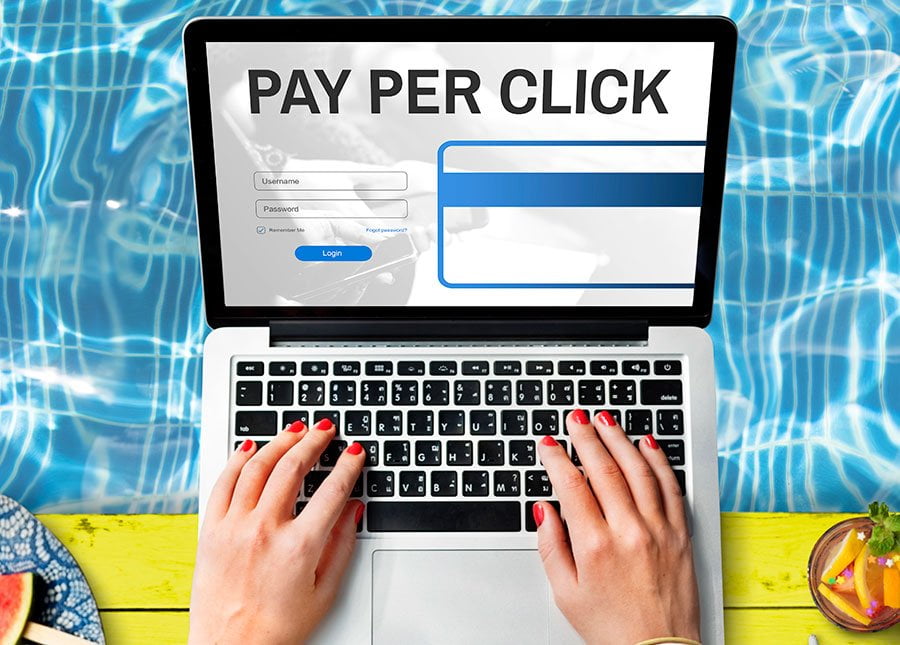
Pay-Per-Click advertising strategies
In the dynamic realm of digital marketing, Pay-Per-Click (PPC) advertising stands as a powerful tool for businesses seeking targeted exposure and measurable results. Whether through platforms like Google Ads or social media, strategic PPC campaigns can significantly impact Return on Investment (ROI) and drive business success.In this comprehensive guide, we will delve into the intricacies of PPC advertising, exploring how businesses can craft strategic campaigns to maximize ROI, enhance visibility, and achieve their marketing objectives.
Introduction: The Power and Precision of PPC Advertising
Pay-Per-Click advertising strategies allows businesses to display ads across various online platforms and pay only when users click on those ads. This model offers unparalleled precision in targeting specific audiences, making it a go-to strategy for businesses aiming to reach the right people at the right time.
Understanding PPC Basics: Google Ads and Beyond
- Google Ads: The PPC Giant Google Ads, formerly known as Google AdWords, remains a cornerstone of Pay-Per-Click advertising strategies advertising. Understanding the fundamentals of Google Ads—from keyword selection to ad placements—lays the foundation for successful campaigns. Businesses can leverage the expansive reach of Google’s network to connect with users actively searching for products or services.
- Social Media PPC: Targeting Specific Audiences Social media platforms, including Facebook, Instagram, Twitter, and LinkedIn, offer robust PPC advertising options. These platforms provide unique targeting capabilities based on user demographics, interests, and behaviors. Crafting compelling ad content tailored to specific social media audiences enhances engagement and conversion potential.
Crafting Strategic PPC Campaigns: Keys to Success
- Keyword Research: The Foundation of PPC Success Thorough keyword research is the bedrock of effective PPC campaigns. Identifying relevant keywords that align with business offerings and user intent ensures that ads are displayed to users actively seeking those products or services. Continuous refinement of keyword lists based on performance data enhances campaign precision.
- Compelling Ad Copy: Capturing Attention and Conversions Crafting compelling ad copy is an art that combines creativity with precision. Ads must not only grab attention but also convey value propositions succinctly. A/B testing different ad variations helps identify what resonates most with the target audience, leading to optimized click-through rates and conversions.
- Landing Page Optimization: Seamless User Journeys The journey doesn’t end with a click. Optimized landing pages play a crucial role in converting clicks into actions, whether it’s a purchase, sign-up, or inquiry. Ensuring landing pages align with ad content, load quickly, and provide a seamless user experience contributes to higher conversion rates.
- Ad Extensions: Enhancing Visibility and Information Ad extensions are additional pieces of information that expand the visibility and appeal of PPC ads. From site links to callouts and structured snippets, incorporating ad extensions provides users with more reasons to engage. Enhanced visibility and additional information contribute to higher ad relevance.
Measuring Success: Analytics and Continuous Improvement
- Conversion Tracking: Quantifying Campaign Impact Implementing conversion tracking is essential for measuring the impact of PPC campaigns. Whether tracking sales, form submissions, or other desired actions, understanding conversion metrics allows businesses to evaluate the effectiveness of their campaigns and make data-driven decisions.
- A/B Testing: Iterative Refinement for Optimal Performance A/B testing involves running variations of ads, landing pages, or other campaign elements to identify what resonates best with the audience. From headline changes to image variations, A/B testing provides valuable insights for iterative refinement, ensuring ongoing optimization and improved ROI.
Beyond the Basics: Pay-Per-Click advertising strategies
- Remarketing: Reconnecting with Interested Users Remarketing targets users who have previously interacted with a website or ad. By re-engaging these users with tailored ads, businesses can nurture leads, encourage conversions, and reinforce brand recall. Remarketing is a powerful strategy to stay top-of-mind with potential customers.
- Geo-Targeting: Precision in Local and Global Campaigns Geo-targeting allows businesses to show ads to users based on their geographical location. This level of precision is particularly valuable for local businesses looking to target specific regions or for global businesses tailoring campaigns to different markets.
Conclusion: Unleashing the Potential of PPC Advertising
In conclusion, Pay-Per-Click advertising is a dynamic and results-driven approach to digital marketing. Whether through Google Ads, social media platforms, or other PPC channels, businesses can harness the precision of targeted advertising to maximize ROI. By mastering the fundamentals, crafting strategic campaigns, and continuously refining based on analytics, businesses can unleash the full potential of PPC advertising in the competitive digital landscape.
Also Read This: THE ROLE OF ARTIFICIAL INTELLIGENCE IN SEO AND MARKETING



